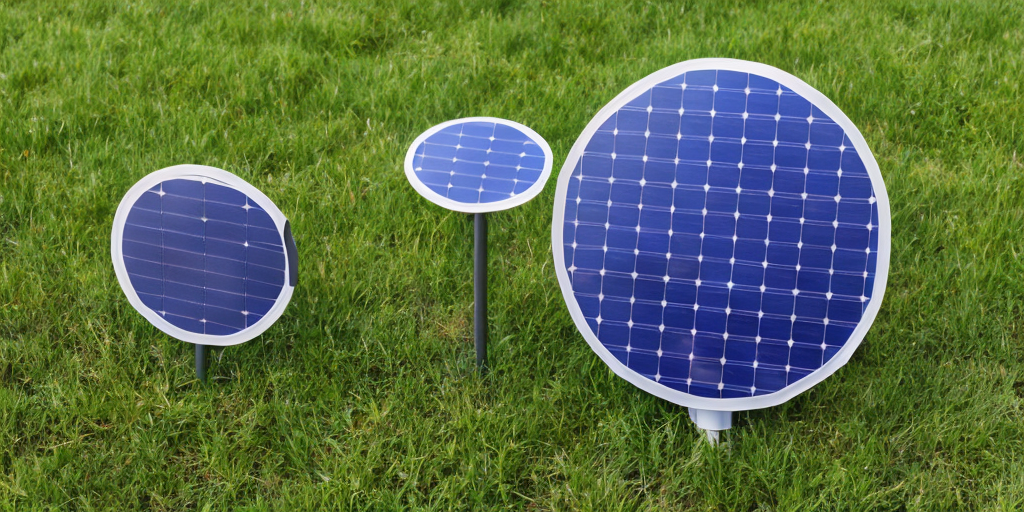How hot are fuses supposed to get / what kind of voltage drop is expected?
I built a system which should allow 300A discharging (1C) / 150A charging (1/2C)
But if I run more than 60A, my main battery fuse gets hot. If I run 300A the fuse get rapidly gets too hot to touch, and the heat spreads through to the attached cables, the battery, and the temperature sensor on the positive battery post. Is this somehow normal?? I’ve tried three different types of fuses with no real improvement.
 — Here’s a photo of my installation with voltage drops labeled at 60 amps draw only. I don’t have voltage drops measured for the 300A draw because I don’t want to leave it running that way for long.
— Here’s a photo of my installation with voltage drops labeled at 60 amps draw only. I don’t have voltage drops measured for the 300A draw because I don’t want to leave it running that way for long.
The main fuse on the battery is a 400A ANL fuse. I’ve tried with a 300A MRBF fuse and with two 150A MRBF fuses in parallel. All of them get hot to the touch when drawing over 60A.
Help?
I wouldn’t be that surprised if it was fine. Much of the time inline devices like this are designed to sink heat into the cables, and I’ve definitely seen some fuses that get pretty warm from being run more than 50% of their rating. They kind of have to in order to work; it’s not like the fuse can remain perfectly cool at 300,350,399A and then immediately melt at 400.
That does make sense.
Also explains why the 400A-rated ANL use holder posts are swatted in giant plugs of steel I guess.
But then I still need to worry about sinking heat into the battery terminal with my fuse attached right there :/
I don’t know how much heat the battery can take focused in just that one small spot…
It might be worth putting a very short length of cable between the fuse and battery post. IDK I’m just a guy
I can’t say what is what here from specific experience. Use some fine steel wool on the contact surfaces of every connection to polish it. Be VERY careful with steel wool around batteries as it will catch fire instantly if it bridges a large voltage potential, like from dropping it.
When I am working with circuits and etching, steel wool is best for removing every bit of the oxide layer, ensuring a much better connection/consistent surface to work with.
You generally need a 5+ digit digital multimeter to get into the range of measuring shunts directly. An ancient old shit brown ugly keithley 197 will generally work and can usually be found second hand for around $100. Then you can directly measure shunts with a 4 wire probe (current source and sense wires are separate to eliminate the wire resistance from the measurement).


